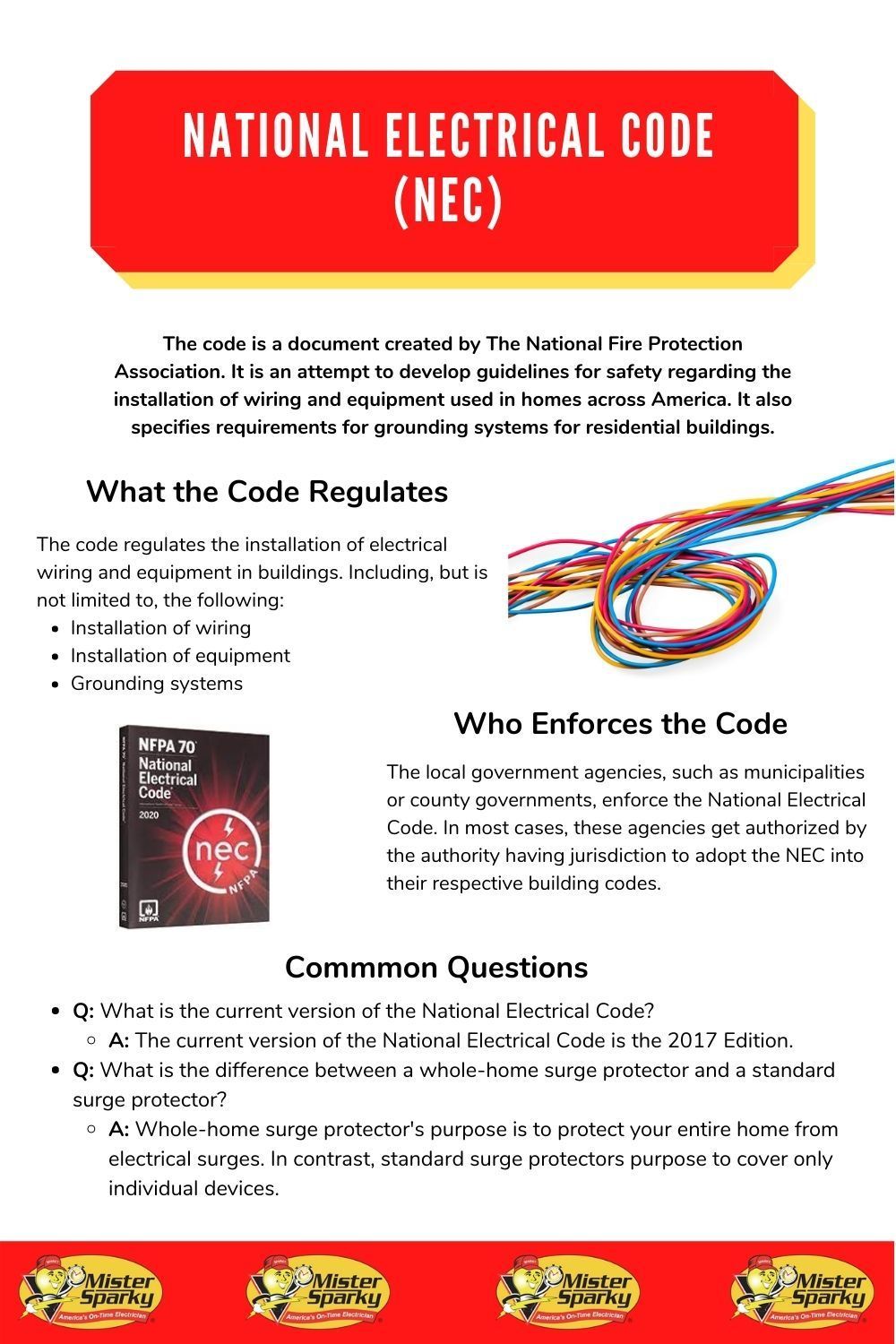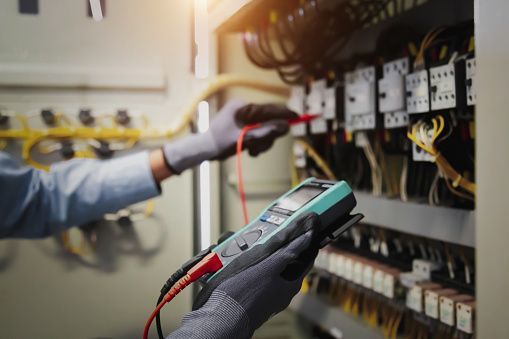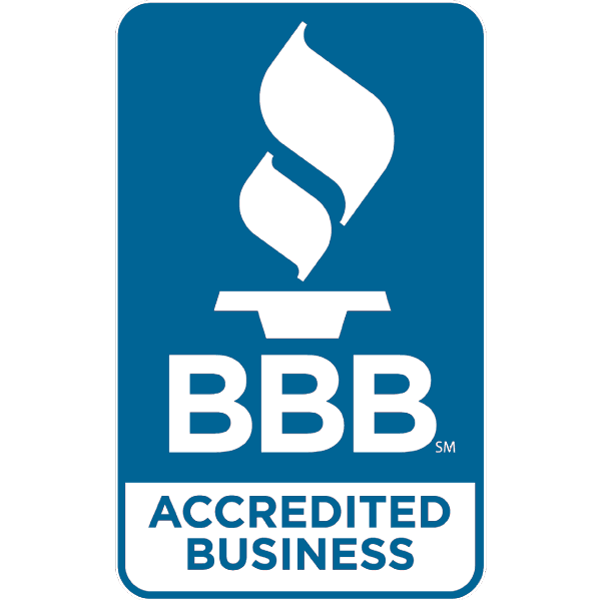Whole-Home Surge Protection and the National Electrical Code
Almost everyone has faced the problem of electrical shocks through home appliances at one time or another. New electronic devices are hitting the market every passing day, which means that standard circuits may not handle all this electricity. For example, suppose there were five computers and six lamps in a room. In that case, it might overload the circuit breaker due to too much electricity consumption. You can prevent this by installing whole house surge protection – national electrical code.
National Electrical Code (NEC)
The code is a document created by The National Fire Protection Association. It is an attempt to develop guidelines for safety regarding the installation of wiring and equipment used in homes across America. It also specifies requirements for grounding systems for residential buildings.
Regulates
The code regulates the installation of electrical wiring and equipment in buildings. It also outlines guidelines for grounding, but only as it pertains to residential buildings.
In addition to providing safety rules, it also serves as a base document for state or local building codes authorized by the authority having jurisdiction. This is a local government agency such as a municipality or county government in most cases. The NEC is developed through code development – a code development cycle – which includes research, field testing, and evaluation of test results by panels of experts before recommendations are proposed to the voting membership for adoption into the NEC.
This process can take two to three years from beginning to end before an item becomes an official part of the NEC.
Enforced by
The authority having jurisdiction enforces the code. An “authority having jurisdiction” is defined as a governing body with the legal power to regulate electrical installations; typically, it is the local permitting authority. However, more than one agency may regulate electrical installations within a particular area in some cases. For example, if you live in Washington D.C., both District of Columbia and Federal agencies can have regulations for installing electrical equipment or devices.
How Many Circuits Are Required?
According to the NEC, every room should have at least one dedicated 20-amp circuit installed inside it (for receptacles), plus one dedicated 15-amp circuit (for lighting). There are no minimum requirements for bathroom receptacles. Still, we recommend installing at least one 20-amp dedicated circuit to power the
lights and any exhaust fans.
For small bedrooms (up to 144 square feet), you can get away with a 15-amp dedicated circuit; for large bedrooms (over 144 square feet), consider installing two 15-amp dedicated courses instead.
It’s important to note that 1-1/2-story homes should have at least one 20-amp or two 15-amp circuits per floor or level of your home, except in kitchens and dining rooms which must have at least one 20-amp receptacle. Basements, garages, and accessory structures don’t count toward the minimum number of circuits required inside your house. You should also note that the NEC requires at least one 20-amp receptacle in every kitchen. Homeowners should use this for all high-powered appliances (such as microwaves).
According to the NEC, you must install at least five 20-amp circuits throughout your house since it has two floors.

What does the National Electrical Code regulate?
The code regulates the installation of electrical wiring and equipment in buildings. Including, but is not limited to, the following:
- Installation of wiring
- Installation of equipment
- Grounding systems
Who enforces the National Electrical Code?
The local government agencies, such as municipalities or county governments, enforce the National Electrical Code. In most cases, these agencies get authorized by the authority having jurisdiction to adopt the NEC into their respective building codes.
How many circuits do I need in my house?
There is no specific number of required circuits in a house. It depends on how much electricity is consumed and what type of devices are using the electricity. For example, suppose there are five computers and six lamps in a room. In that case, it might overload the circuit breaker due to too much electricity usage.
Can you put outlets and lights into the same outlet?
It is discouraged to put outlets and lights into the same outlet. This can overload the circuit and cause electrical shocks, and it is best to use a separate outlet for each device. Factors to consider when installing whole-home surge protection:
- The number of devices in your home
- How much energy each device consumes
- The age of your electrical wiring
- The layout of your home’s electrical wiring
- The type of surge protector you use
When selecting a whole-home surge protector, it is essential to consider the above factors. In addition, surge protectors come in different shapes and sizes, so it is necessary to find one that fits your needs. Some whole-home surge protectors also offer phone and internet protection, as well as power backup during outages.
How do I know if I need whole-home surge protection?
You should consider whole-home surge protection if you have a home with older electrical wiring. Suppose you have multiple devices that consume too much energy or live in an area prone to power surges.
What is the difference between a whole-home surge protector and a standard surge protector?
Whole-home surge protector’s purpose is to protect your entire home from electrical surges. In contrast, standard surge protectors purpose to cover only individual devices.
Can I use a standard surge protector instead of a whole-home surge protector?
No, using a standard surge protector instead of a whole-home surge protector won’t provide the protection you need. It is essential to use the appropriate type of surge protector for your needs.
Q: What is the current version of the National Electrical Code?
The current version of the National Electrical Code is the 2020 Edition.
National electrical code is becoming more and more critical as new electronic devices hit the market. It helps protect your home from electrical shocks and fires and enforces it by local government agencies. For the best protection, be sure to consult with a Tulsa Electrician about what type of whole house surge protection is right for your home.
Mister Sparky Electrician is Tulsa's On-Time Electrician in Broken Arrow, Jenks, Bixby, Sapulpa, and Claremore. Our team of licensed electricians services the Tulsa metro area. In addition to emergency electrical repairs, our residential electrician services include electrical outlet/switch repair, ceiling fan installation, lighting installation, residential wiring repair, landscape lighting installation, and home electrical inspections. Call us today at (918) 205-1309 to schedule an appointment!





